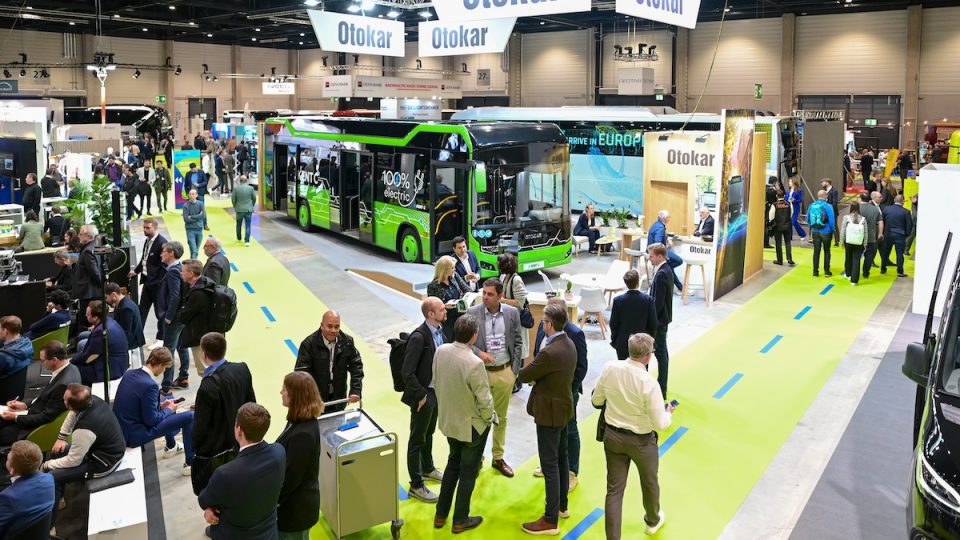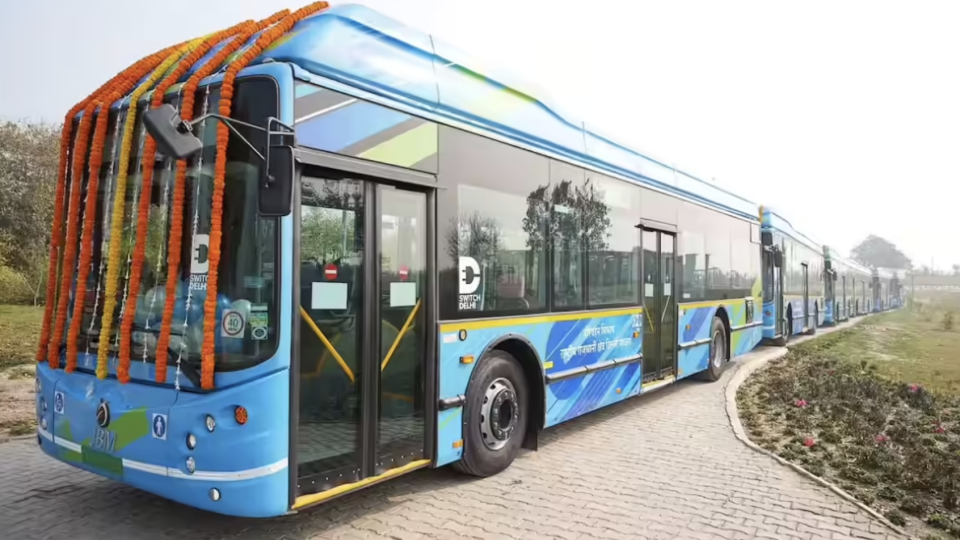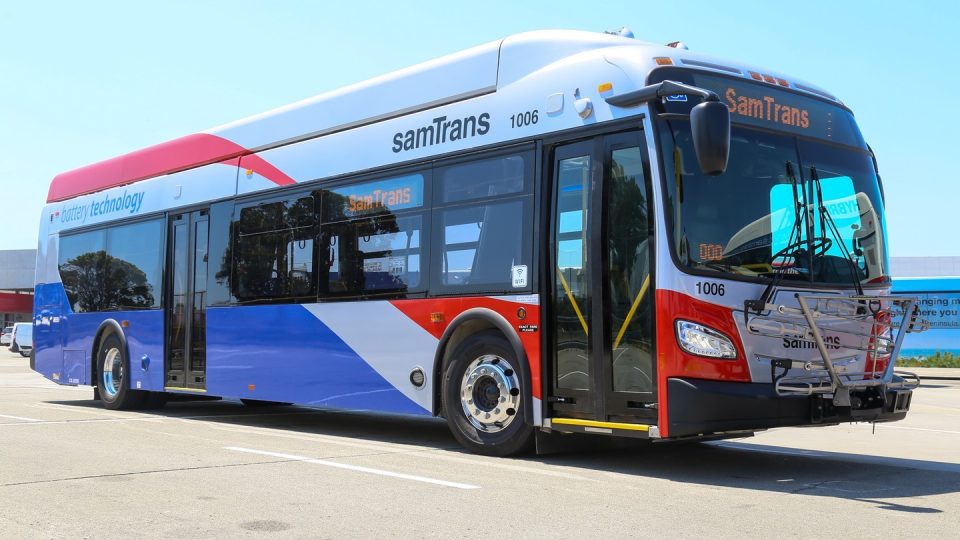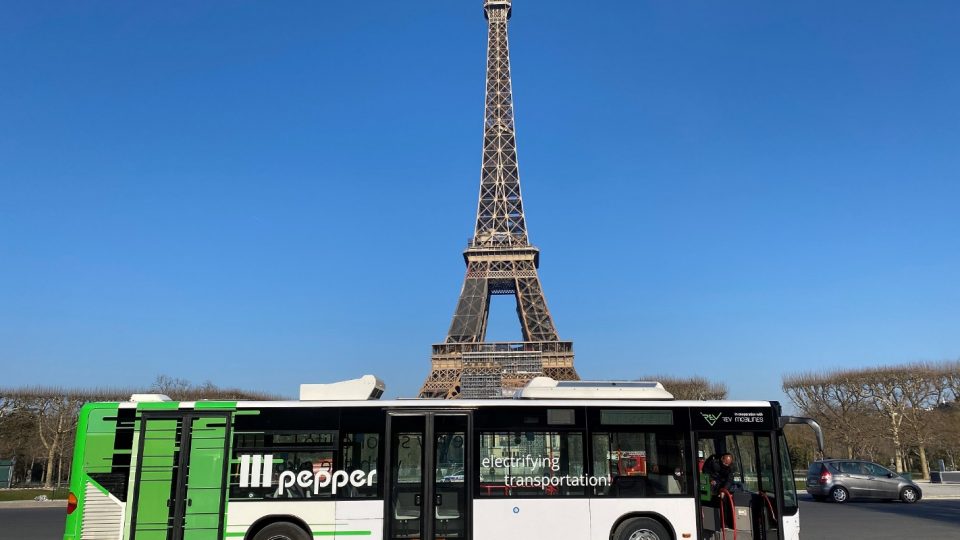Stop to subsidies for e-buses in Germany: what’s now?
The halt to Federal funding for electric buses was clearly the central theme around which the vast majority of conversations revolved at the VDV-backed Mobility Move 2024 trade fair in Berlin. On one hand, a definitive halt to funding remains less credible, but on the other hand, the closest date for a possible reintroduction of subsidies, based on different mechanisms, is projected to be the end of 2025 or 2026. We have therefore a significant period ahead during which companies intending to purchase zero-emission buses will have to stand on their own feet or find alternative funding sources.
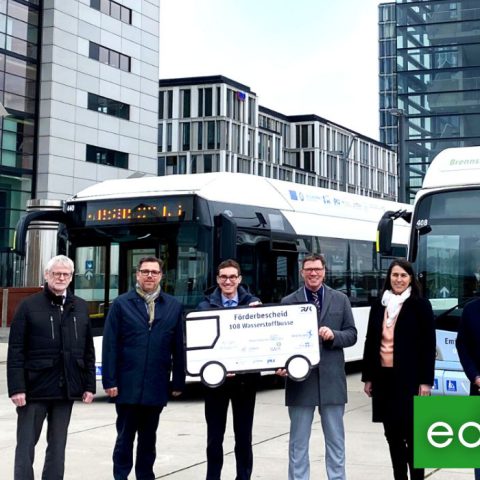
The halt to Federal funding for electric buses was clearly the central theme around which the vast majority of conversations revolved at the VDV-backed Mobility Move 2024 trade fair in Berlin.
On one hand, a definitive halt to funding remains less credible, but on the other hand, the closest date for a possible reintroduction of subsidies, based on different mechanisms, is projected to be the end of 2025 or 2026. We have therefore a significant period ahead during which companies intending to purchase zero-emission buses will have to stand on their own feet or find alternative funding sources.
VDV’s reaction was not long in coming: “Just now, when the market ramp-up of e-buses is not yet complete and 88 percent of city buses are based on diesel technology, this cut represents an unexpected disruption. Around 800 German transport companies have plans to convert about 10,000 buses to emission-free operation by 2025. Without continued support, these plans are at risk”, stated VDV president Ingo Wortmann.
Stop to subsidies for e-buses: what’s now?
It’s worth noting: the decision concerns funds of federal origin, but funding schemes established at local, metropolitan, regional, or state levels naturally remain in place. These schemes are sometimes even more generous than those offered by BMDV, which, it should be remembered, has so far announced three rounds of funding for electric buses, covering 80 percent of the price difference between the vehicle and its diesel counterpart. Funds were also allocated for charging infrastructure, which, according to rumors, should remain available.
The reason for the halt in subsidies is a simple need to revise budgets. “The Federal Government had financed the German Federal Government’s Climate and Transformation Fund by transferring €60 billion of borrowing – authorised during the Covid-19 pandemic – into a Federal Special Fund for use over subsequent financial years, an action which the court declared unconstitutional,” reads the contribution signed by PwC and published in the latest issue of Sustainable Bus magazine.
Certainly, the sudden nature of the announcement has had a disruptive effect, but it falls within the logic of transitioning to new technologies that, at some point, the market must be able to stand on its own feet. This is a theme often overlooked but important to emphasize.
Clean Vehicle Directive’s quota, how to fulfill?
Consequences of BMDV’s decision? It is reasonable to assume that a strong rise in volumes will be followed by a slowdown in tendering. 753 e-buses were registered last year, an increase of 29 percent over the previous year. And the volumes of hydrogen buses should also be added. There are still plenty of vehicles in the order book, and the slowdown in registrations is unlikely to be seen before 2025.
One might say: it is necessary to comply with the quotas of the Clean Vehicles Directive (22.5 percent of zero-emission buses among urban buses awarded through public tender until 2025, 32.5 percent from 2026 onwards). However, there are no penalties for failing to reach the target. And, in any case, the European average share of ZE buses in 2023 is already well above the threshold (40 percent).
Price pressure is set to grow
An immediate consequence, already highlighted by PwC Germany in their already-mentioned contribution, is that “With less funding now available to go around, it is more important than ever for bus companies and transport authorities to make procurement of electric buses and related infrastructure as economic and efficient as possible. This increased focus on procurement price is likely to increase price pressure on established bus manufacturers – not least due to global competition, such as from China”. Quite logic.
The pattern of large foreign industry players ready to open a local subsidiary to penetrate markets that, although small compared to the domestic one, guarantee ample profit margins, is well established. Only BYD, among the main Chinese groups, has so far established a real hub for assembly of buses in Europe. And if the use of public funds has historically led to requirement being included in tenders demanding certain level of local content, the decrease in state contribution could lead to a relaxation of these constraints, making price the determining factor.
Bus procurement, new tools coming?
But procurement and adoption mechanisms could also change. It could be the right time for an expansion of leasing models (bus-as-a-service), which are already quite popular in the UK and Nordic countries (by brands such as Zenobe in UK and Hitachi Zero Carbon as well as Enel X in Italy and LATAM) but so far have been scarcely used in Central and Southern European countries. Now, the model proposed by companies like eMIS (present at the fair) could become more attractive.
It would also be interesting if this context led Germany to introduce forms of centralized purchasing following the Italian example (Consip) or the French one (UGAP).
Riccardo Schiavo

